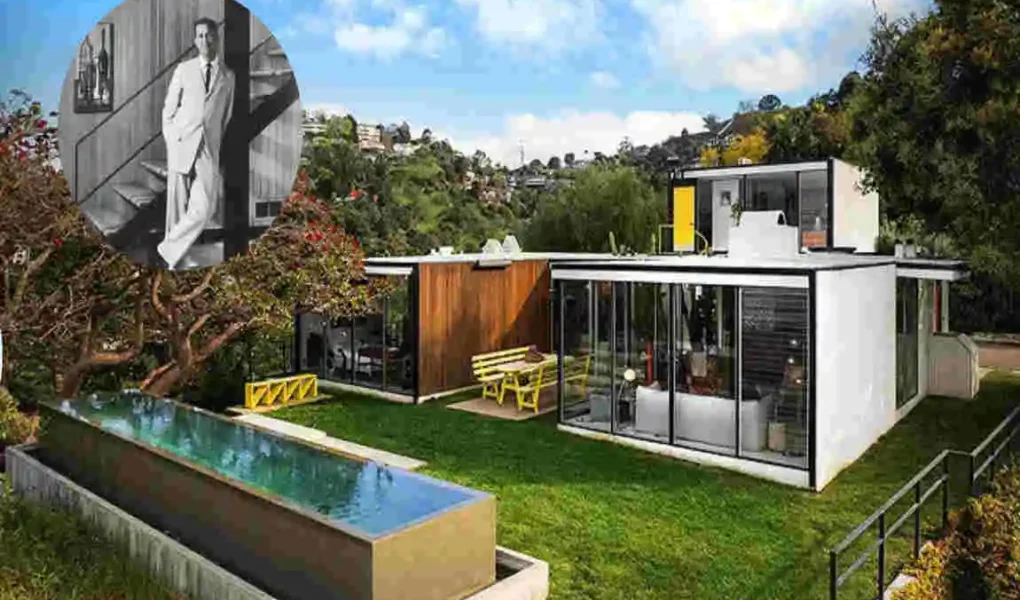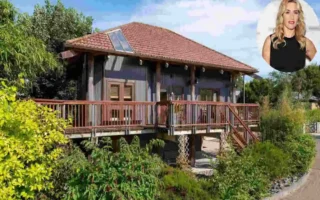The Craig Ellwood House stands as a shining example of mid-century modern architecture, blending simplicity, functionality, and beauty into one cohesive design. Created by the visionary architect Craig Ellwood, this home reflects the innovative spirit of postwar America and continues to inspire architects, designers, and homeowners today.
Craig Ellwood was more than just an architect; he was a creative force who reshaped the way people thought about living spaces. The Craig Ellwood House, in particular, captures the essence of mid-century modern style with its clean lines, open spaces, and seamless connection to nature.
The Significance of the Craig Ellwood House
A Brief History
The Craig Ellwood House was designed during the 1950s and 1960s, a period when mid-century modern architecture was at its peak. As one of Ellwood’s most celebrated projects, the house showcased his talent for using industrial materials and minimalist aesthetics to create a warm, livable space.
Why It’s an Iconic Masterpiece
This home is often hailed as a masterpiece because it perfectly encapsulates the ideals of mid-century modern design:
- Form follows function: Every aspect of the house is designed for practical living while maintaining elegance.
- Integration with nature: The house blurs the line between indoors and outdoors, creating a tranquil and open environment.
- Timeless appeal: Despite being built decades ago, the house still feels contemporary and relevant today.
A Reflection of Ellwood’s Philosophy
Ellwood believed that architecture should be both accessible and aspirational. The Craig Ellwood House demonstrates this by combining affordable materials with cutting-edge design, making modernist architecture attainable for everyday homeowners.
Architectural Features of the Craig Ellwood House
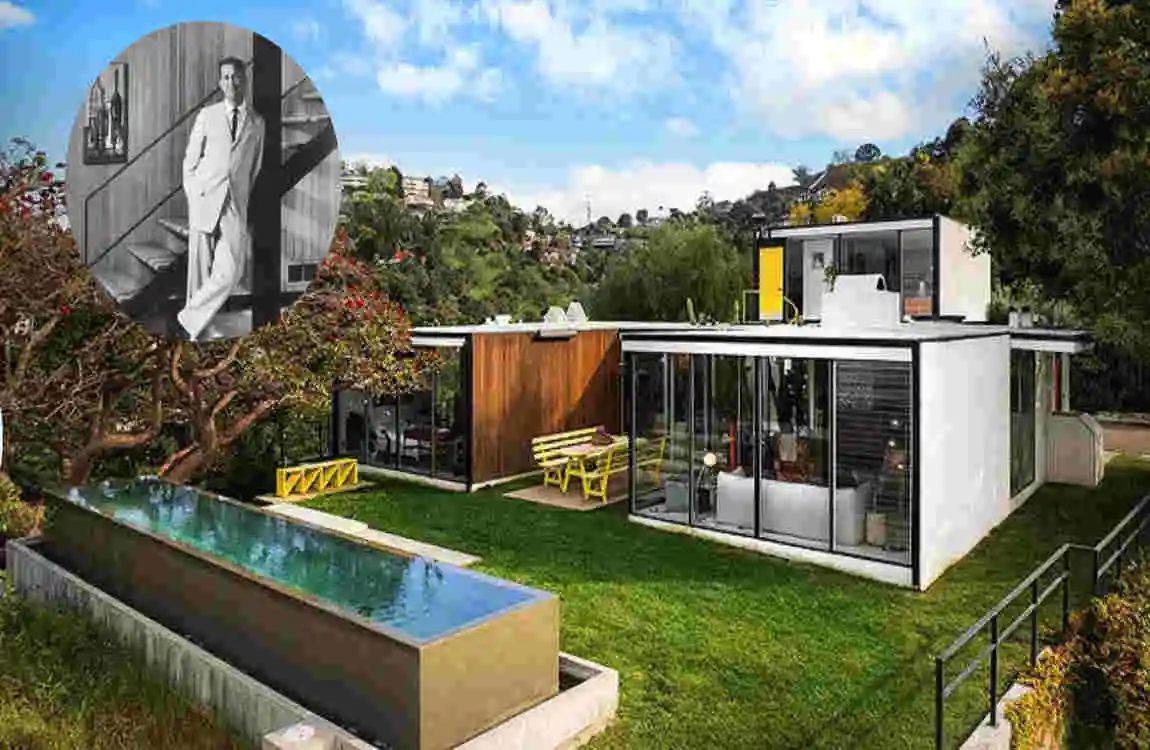
Unique Design Elements
The Craig Ellwood House stands out for its innovative use of materials like steel, glass, and wood. These elements are skillfully combined to create a structure that feels light, open, and modern.
One of the most striking features of the house is its flat roof and horizontal lines, which create a sense of simplicity and harmony. The use of large windows allows natural light to flood the interiors and offers stunning views of the surrounding landscape.
Floor Plans and Spatial Organization
The home’s layout prioritizes functionality and flow. With an open floor plan, the living, dining, and kitchen areas are seamlessly connected, making the space feel larger and more inviting. Private areas like bedrooms are tucked away but still maintain a sense of openness.
Feature Description
Materials : Steel, glass, wood
Design Style Minimalist, clean lines
Floor plan Open and flexible
Connection to Nature : Indoor-outdoor living through large glass walls
Emphasis on Indoor-Outdoor Living
One of the defining characteristics of the Craig Ellwood House is its focus on indoor-outdoor living. The extensive use of glass walls and sliding doors creates a seamless transition from the interior spaces to the outdoor patios and gardens. This design encourages a deeper connection with nature and enhances the home’s livability.
Mid-Century Modern Style in the Craig Ellwood House
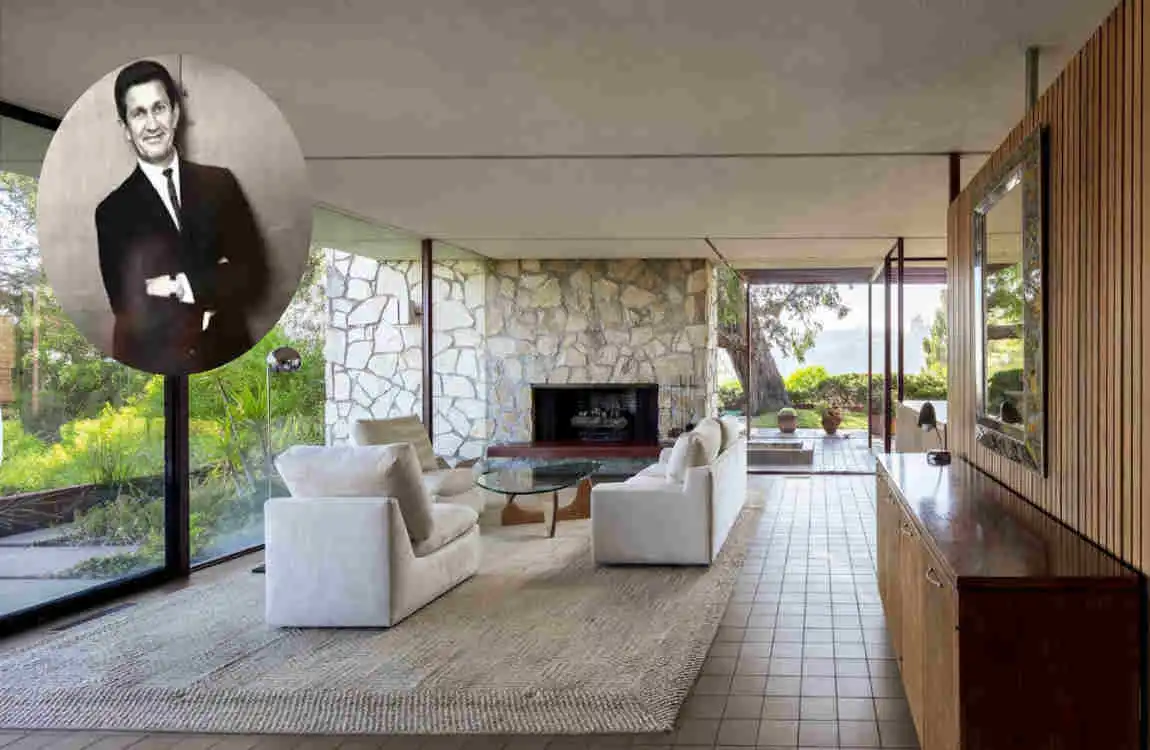
Characteristics of Mid-Century Modern Architecture
Mid-century modern design is characterized by:
- Simplicity: Clean lines and uncluttered spaces.
- Functionality: Every element has a purpose.
- Integration with Nature: Homes are designed to blend with their surroundings.
- Use of Modern Materials: Steel, glass, and wood are commonly used.
How the House Exemplifies This Style
The Craig Ellwood House is a quintessential example of mid-century modern architecture. Its minimalist design, open layout, and innovative use of materials make it a standout in this architectural movement.
Comparison with Other Iconic Homes
When compared to other famous mid-century modern homes, such as the Eames House or the Case Study Houses, the Craig Ellwood House holds its own as a unique and influential design. While the Eames House emphasizes modular construction, Ellwood’s modern design focuses on structural innovation and simplicity.
Preservation and Renovation of the Craig Ellwood House
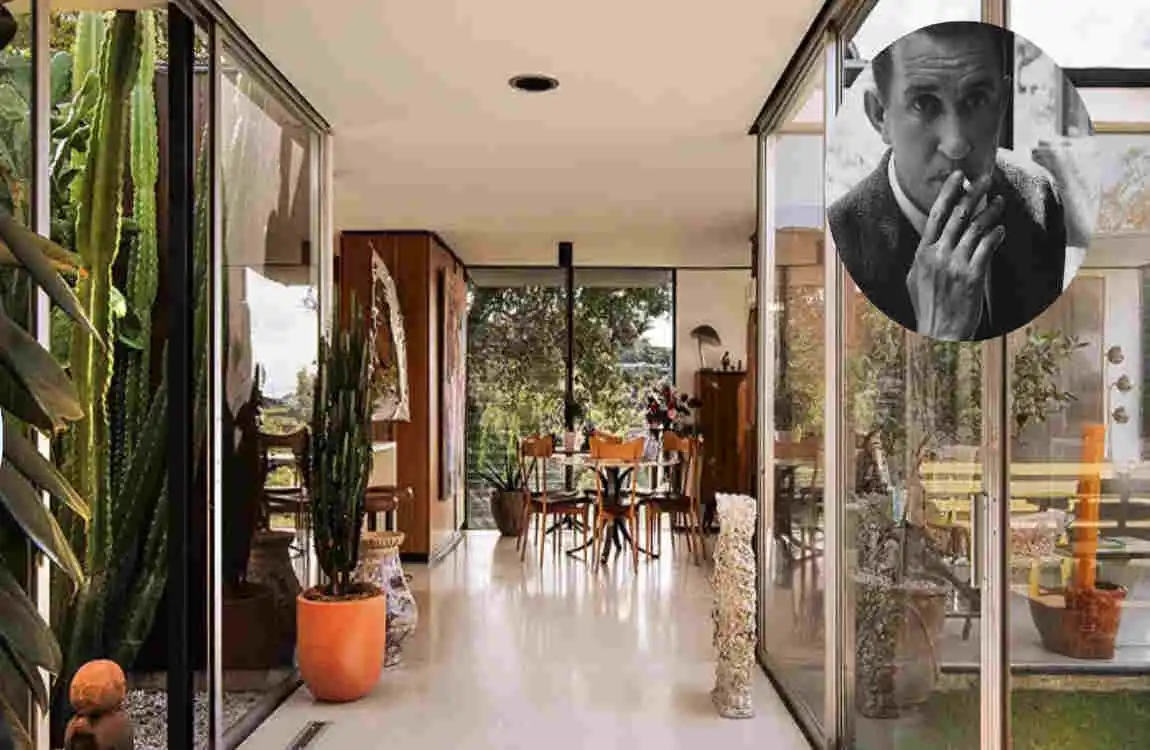
Challenges in Preservation
Mid-century modern homes like the Craig Ellwood House often face preservation challenges. The extensive use of glass and steel, while beautiful, can be challenging to maintain. Additionally, modern renovations must strike a balance between updating the home and preserving its original character.
Renovation Efforts
Several renovation projects have been undertaken to restore the Craig Ellwood House to its former glory. These efforts include replacing worn materials, updating infrastructure, and ensuring the modern home remains true to Ellwood’s vision.
Why Preservation Matters
Preserving stunning homes like the Craig Ellwood House is essential for maintaining our architectural heritage. These homes are not just structures; they are works of art that tell the story of a pivotal moment in design history.
The Craig Ellwood House in Popular Culture
Appearances in Media
The Craig Ellwood House has been featured in numerous films, magazines, and architectural tours. Its timeless design and photogenic qualities make it a favorite among filmmakers and photographers.
Influence on Modern Designers
Ellwood’s work has inspired countless house designers and architects. The principles he championed – simplicity, functionality, and connection to nature – continue to influence contemporary design.
Lessons for Modern Homeowners from the Craig Ellwood House
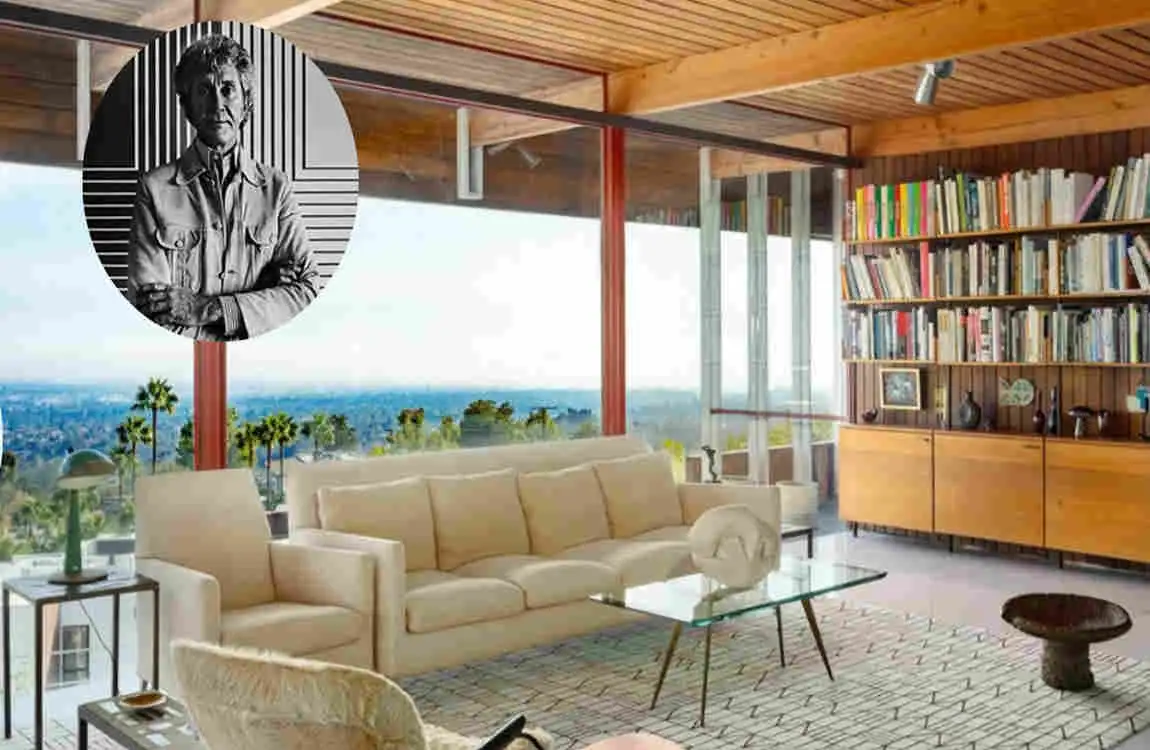
Practical Design Principles
Modern homeowners can learn valuable lessons from the Craig Ellwood House, such as:
- Embracing open floor plans for more versatile living spaces.
- Incorporating natural light to create a bright and welcoming atmosphere.
- Using sustainable materials that are both durable and environmentally friendly.
Minimalism and Functionality
The modern house serves as a reminder that less is often more. By focusing on what truly matters, homeowners can create spaces that are both beautiful and functional.
Where to Visit or Learn More About Craig Ellwood’s Work
Resources for Architecture Enthusiasts
If you’re interested in exploring more of Craig Ellwood’s work, here are some suggestions:
- Books: Look for titles like Craig Ellwood: In the Spirit of the Time.
- Documentaries: Watch films that explore the mid-century modern movement.
- Tours: Visit architectural landmarks and mid-century modern neighborhoods.
Where Does Craig Ellwood Currently Live?
Craig Ellwood, the American architect, passed away in 1992. Before his death, he retired and moved to Italy, focusing on painting and restoring a farmhouse near Ambra.
Craig Ellwood House Photos





